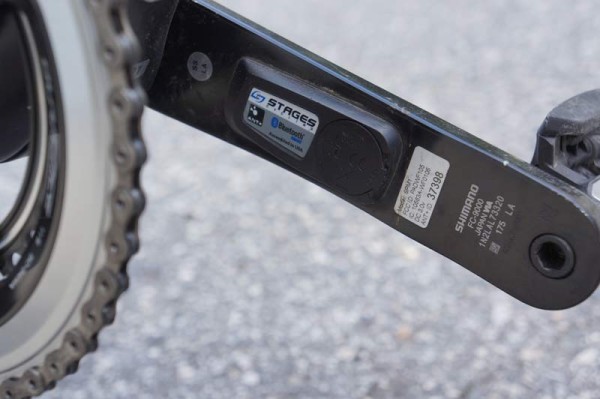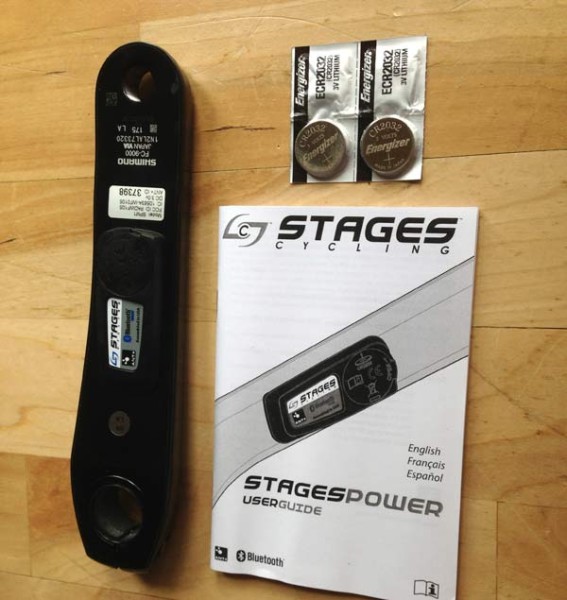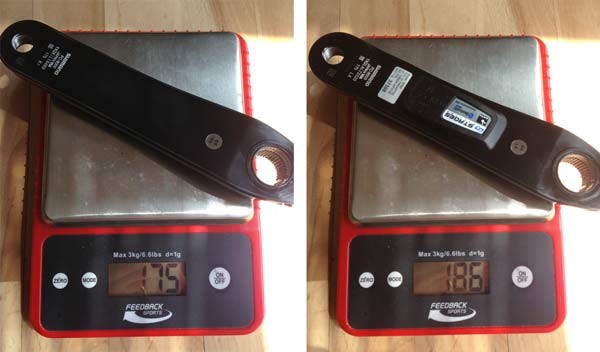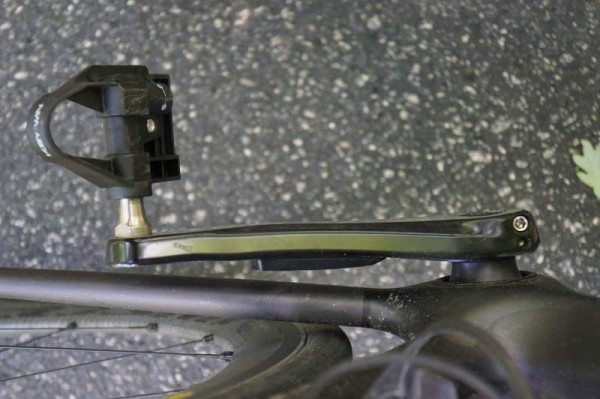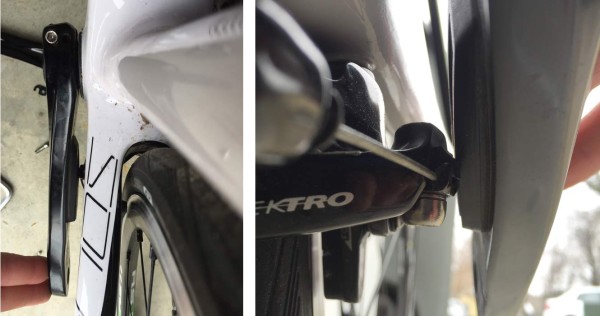For the past two-and-a-half years, I’ve been testing the Stages power meter on and off, letting a few friends try it out between my own testing.
It’s a seemingly simple device, just stuck on the inside of your non-drive crank arm to measure left leg power by way of the crank’s deformation. Each model is calibrated to the specific crank arm it’s being attached to, and it’s all done in their own Colorado facility. While several lower priced options have been announced that allow for user installation, Stages’ says they’re not terribly concerned about things that aren’t even shipping yet. And they say they’re now among the largest cycling power meter brands by unit volume, especially when you include their indoor stationary cycles. That, along with pro team endorsements and usage, should say something about their quality.
My own experiences have spanned a couple years worth of firmware development that’s seen some marked upgrades and improvements, all with very few issues. For any piece of electronics on a bike to last that long without failure or problem is very good, and I’d recommend it highly with just a couple caveats…
The system comes with a new crank arm of your choosing, so long as it’s alloy and it’s from Shimano (all upper end, road and MTB), SRAM (Rival, X9), Cannondale (Hollowgram SI) or FSA (various). There are also BMX options using Shimano DXR MX71 cranks. Included in the box are the user manual and one battery preinstalled (not the two extras shown here), which is good for about 200 hours of use. Prices range from $699 to $899 depending on crank arm model.
All installation is done on factory fresh cranksets in house, so you can’t retrofit it to your existing cranks. Their process is what they say sets them apart, and it takes them two days to make and install one on each crank. The surface of the crank is laser treated and cleaned to prep the surface. Then the gauge platform is installed, it’s left to bond, then the electronics are soldered on, tested and sealed. Then, finally, they’re calibrated twice, once for force and once for temperature compensation. So, domestic labor is a big part of the cost, but they warranty it for one year with an optional two-year no questions asked warranty.
Our test unit was adhered to a Dura-Ace 9000 crank arm and only added 11g with battery installed. Among power meter options, this is about the lightest option.
The device transmits in both BLE (Bluetooth Smart/4.0/Low Energy) and ANT+ simultaneously. So, you can have it linked to your smartphone or the new Polar M450 cycling computers along with any ANT+ computer.
Firmware updates are periodic but important. Fortunately, they’re easily done through their smartphone app, which sends the update to the unit wirelessly over Bluetooth. Just make sure your cycling computer is off when performing a firmware update…I found that having the power meter connected to a computer interrupted the update process. The app will also show power output if you just want that simple bit of data while on the trainer.
As shown above, it clears traditional frames without any problems. Where I ran into fitment issues was on the Scott Solace, which uses a direct mount brake under the bottom bracket:
The power meter unit hit the Tektro brake caliper, preventing full crank arm rotation. So, if you have a bike with these types of brakes, maybe best to borrow a friend’s Stages crank and test it out.
During early use, I had the bike on the back of our van for cross country, multi-month road trips with the family. During that time, the vibration and bumps of the road kept the power meter “awake”, which crushed the battery. Word is, that was a common complaint which was finally remedied with the latest firmware update about a month ago (as of this post). Technically, the device still wakes with 1G of force (about what a normal, easy pedal rotation would cause) and will stay awake for 5 minutes. I have not traveled extensively with the bike since that time to see how that would improve
I have had a couple issues with dropped connections recently, particularly when coasting for 20-30 seconds or stopping to check a text or voicemail, but in most instances it would reconnect pretty quickly. After talking with the folks at Stages, it turns out several running hardware improvements have been made since my unit arrived. The main one has to do with improved battery contact patches, better O-ring seal around the battery, and new materials on the battery door, all of which maintains power flow so the unit will stay in contact with the computer. So, these could be minor issues that wouldn’t affect new units.
Another tip to improve connection stability is to manually type in the power meter’s ANT+ ID rather than let it search for it automatically. This forces the computer to only look for that power meter, which prevents it from going into a random search mode. Lastly, keep your cycling computer’s firmware up to date, too.
The latest Stages update also brought the firmware into full compliance with the latest ratified BLE Bluetooth standard. This update should make it fully compatible with all BLE cycling computers, like those new Polar units. That, and every other update, is free and will work with any Stages power meter ever sold, so with each update you’re essentially getting the same functionality as any brand new unit.
I’ve used the Stages on several road bikes and my cyclocross bike, paired to cycling computers from Garmin, Sigma, CycleOps and Magellan. Generally, each of the computers has found the device and paired easily, though there are occasional dropped connections. Not enough to be a nuisance, but when the battery gets low it can make it difficult to keep it awake and paired.
Regardless, it’s been ridden and transported through hot and cold, wet and dry for a long time and has held up just fine. There’s a lot to like about it, too: Simplicity, comparatively inexpensive, and easily portable to any other bike with the same BB or crankset. That last feature has made it easy to move between my Shimano equipped bikes and let friends borrow it. If you’re looking for a well made power meter that’s backed up with solid customer support and won’t break the bank, it might be time to power up a Stages.
